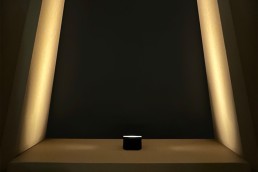
David Morgan: LightGraphix LD234
Following its launch at LiGHT 24 last November, David Morgan examines the IP65-rated LD234 window reveal luminaire from LightGraphix.
The motivation to start a lighting company can be many and various. In the case of Ian Boss, who started Tivoli Lighting in the late 1970s, we may never know his reasons; but fortunately the company survived, grew and in 1995 the company was purchased by Richard Hargreaves, who renamed it LightGraphix.
In 2016, the current management team of Robert Buxton and Simon Lyon purchased the company and have pursued a strategy of investment and growth for the company. From a staff of 24 in 2016, the company has grown and now has 96 employees based in Crayford, Kent.
From the early, Tivoli days, marine lighting was one of the key product collections, and this is still an important part of the LightGraphix range, including some luminaire types used for the challenging task of illuminating the exterior of yachts.
With an emphasis on high quality and high performance, the main market sectors for the company are architectural, marine, and display applications with a strong focus on exterior lighting. The company works closely with lighting designers as part of its new product development process for standard products, and has also created a dedicated custom luminaire department to deal with project specific requirements. With more than 30 overseas sales partners, more than 50% of LightGraphix products are exported.
LightGraphix products are manufactured using components produced and assembled in the UK, with 95% of product components sourced locally to the company. Most of the products are constructed using machined aluminium, brass and stainless steel components.
One of the newest products from LightGraphix is the IP65-rated LD234 window reveal luminaire, which was introduced at LiGHT 24 and has received a positive response from lighting designers.
It is understood that the decision to develop a new window-reveal luminaire arose from the company’s close relationship with lighting designers and sales partners around the world. The LightGraphix luminaire design process involves as much interaction with specifiers and sales partners as possible, who helped to identify the key differentiators for a new product in this crowded market sector.
The marketing feedback for this development was that this new luminaire series should complement the existing range of LightGraphix projectors, uplights and linear luminaires, and should provide a low-glare light output, good colour temperature consistency, and a range of beam angles.
Existing products were criticised for their lack of fixing options to cater for different site conditions, along with difficulties in focusing. The LD234 was designed in-house by the LightGraphix development team. The collaborative design process includes contributions from various members of the management and design teams, who work together to determine the best product solutions and configurations. For this product, where the optics play a key part in the product performance, a series of three custom polycarbonate lenses combined with a reflector system were developed and tested by the design team using the company’s in-house photometric testing equipment. The range includes extra-narrow, narrow, and medium beam distributions.
The sample that I was given to test gave an attractive lit effect with a clean distribution, which works well for the window reveal task. The lens is well recessed within the body so there is no visible glare from normal viewing angles.
The minimal design of the neatly machined aluminium LD234 housing includes a flat top, which is included as a useful design feature allowing the electrical contractors to aim all the luminaires on a project consistently using a low-cost digital inclinator. Cut away details on the sides of the body allow rainwater to flow away from the optics. LightGraphix offers a range of powder coat and wet spray finishes for the product, allowing it to integrate with a variety of architectural and landscape settings.
Despite the luminaire’s compact size – 105mm wide x 55mm high x 55mm wide – the lumen output is sufficient for the task in hand although, as is so often the case with very narrow beam optics, the system is not particularly efficient. The LD234 is designed to be run at a range of drive currents from 350mA up to 700mA. When run at 700mA, 9.2W, the high-power Nichia LED light engine delivers 140lm with an efficacy of 15lm per circuit Watt. Light engines are available from 2000K up to 5000K with a CRI of 85 and 2 SCDM colour binning.
One of the most interesting features of the LD234 is the range of mounting options, which satisfy the initial marketing feedback. In its basic form, the luminaire incorporates a tilt adjustment mechanism up to 16°. Four set screws can be individually adjusted to aim and / or level the luminaire on uneven surfaces.
Three add-on adjustable mounting brackets types are also available so that the luminaire can be fixed directly to the window sill, the window frame or into a corner of a window reveal.
The LD234 is compatible with the LightGraphix Repair & Refurbish scheme, whereby luminaires can be returned for repair once their light engines have reached the end of life.
The LD234 is a nicely detailed luminaire with useful mounting accessories, which will overcome many of the installation and aiming issues that are often found with this type of product.



